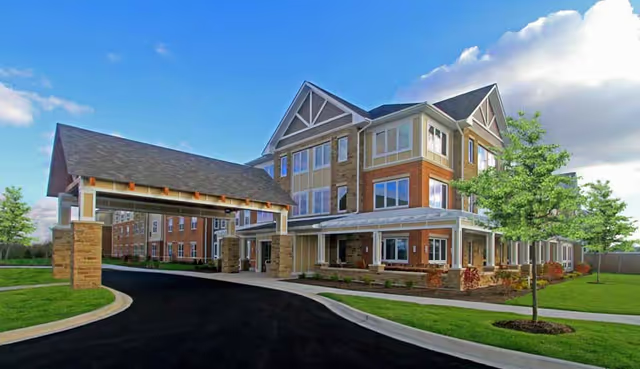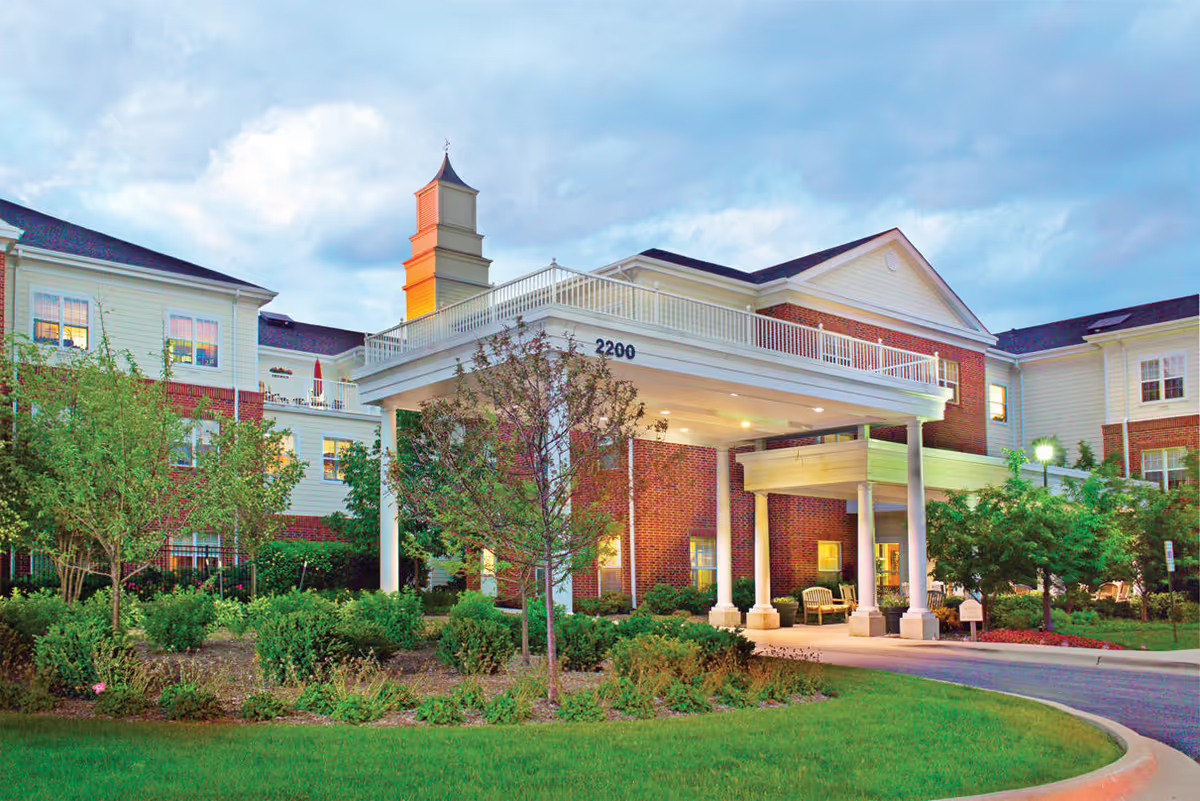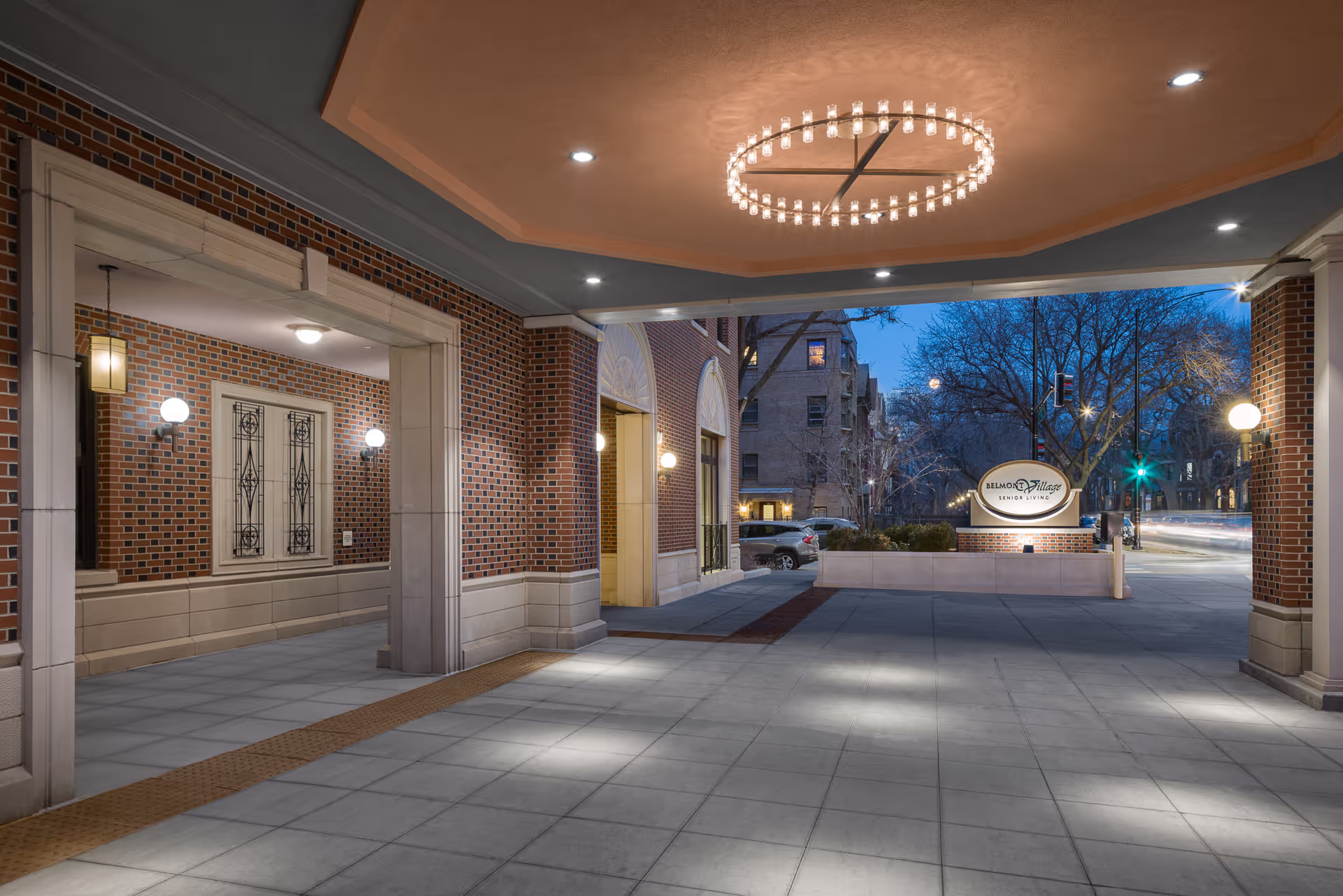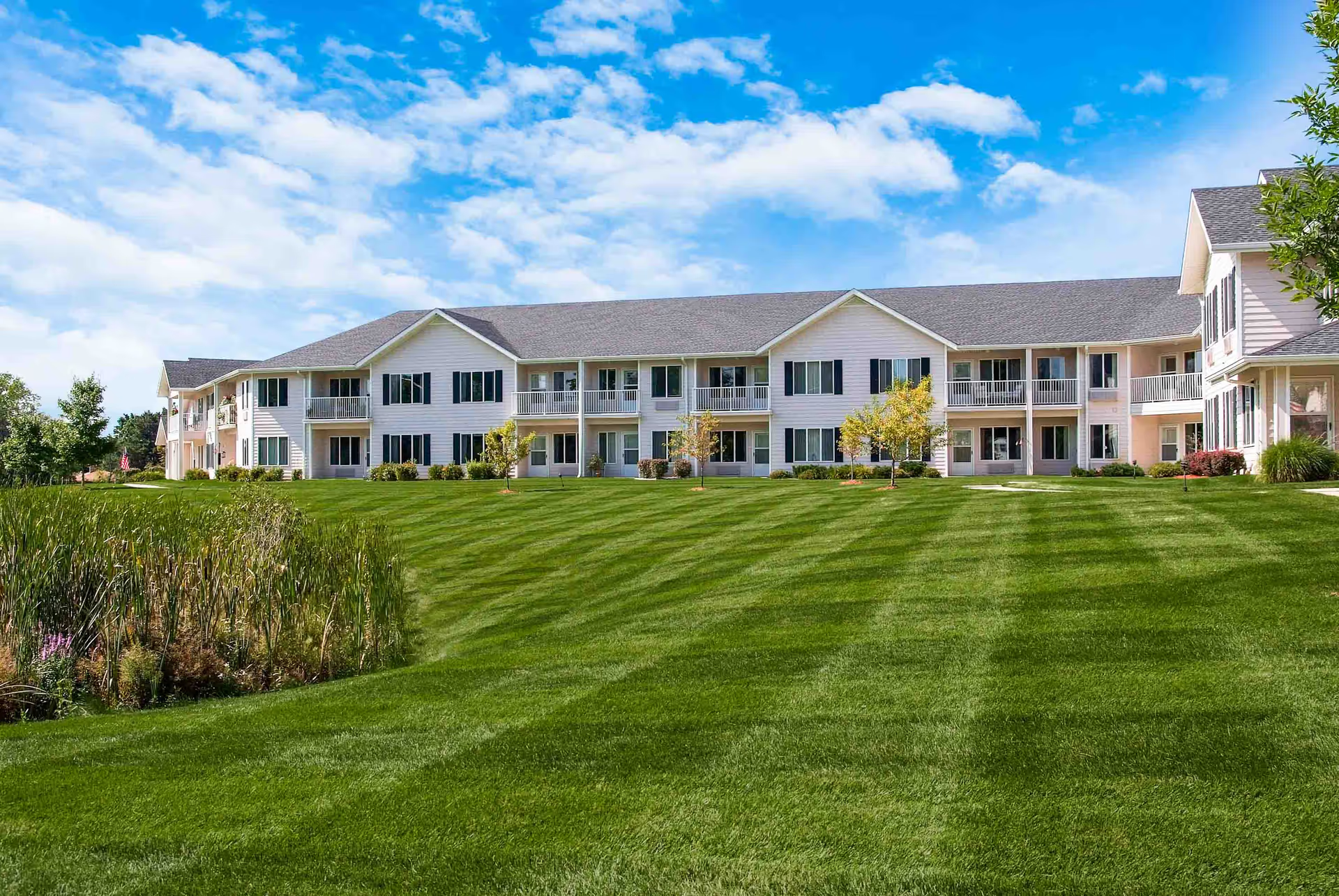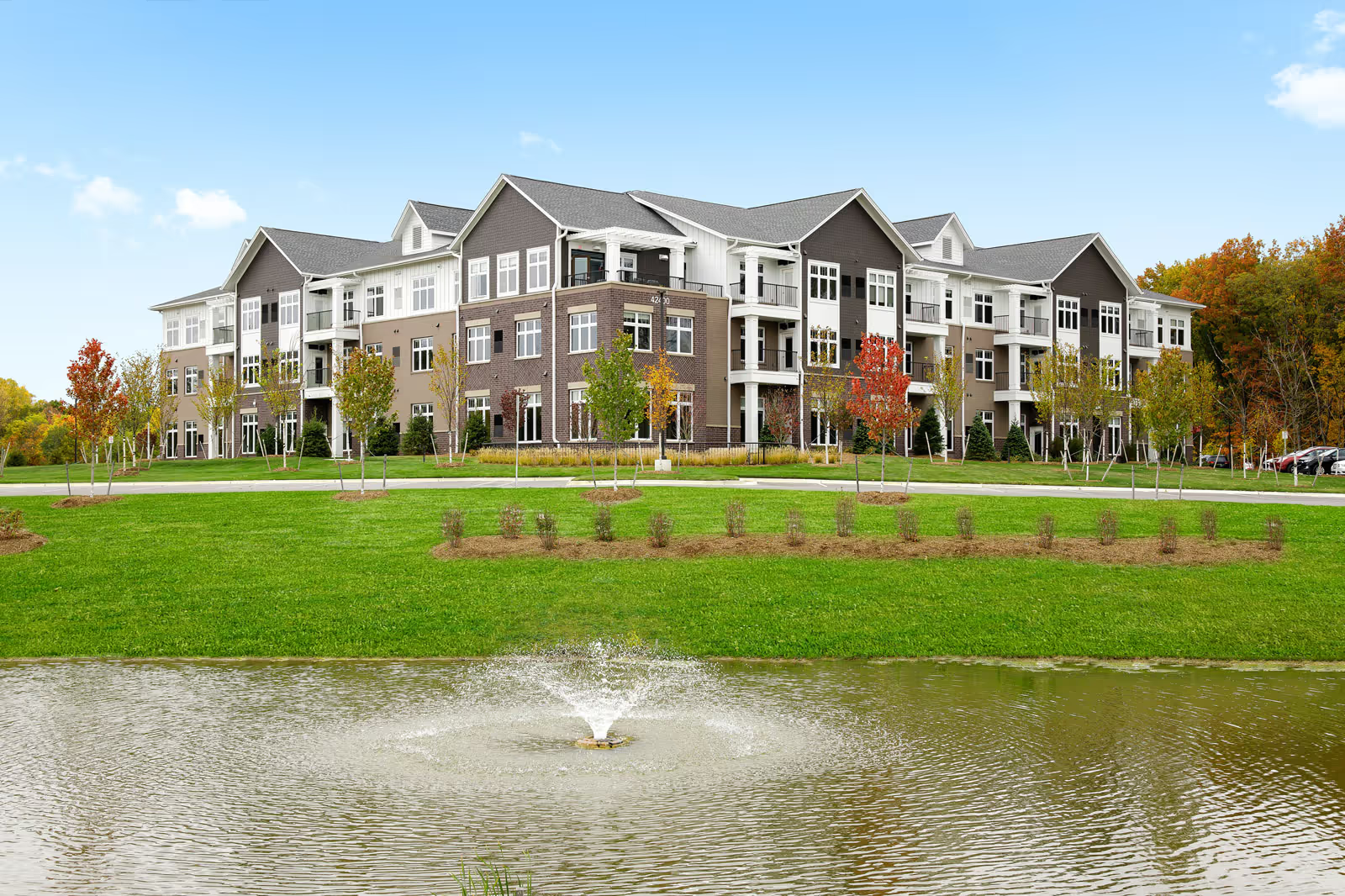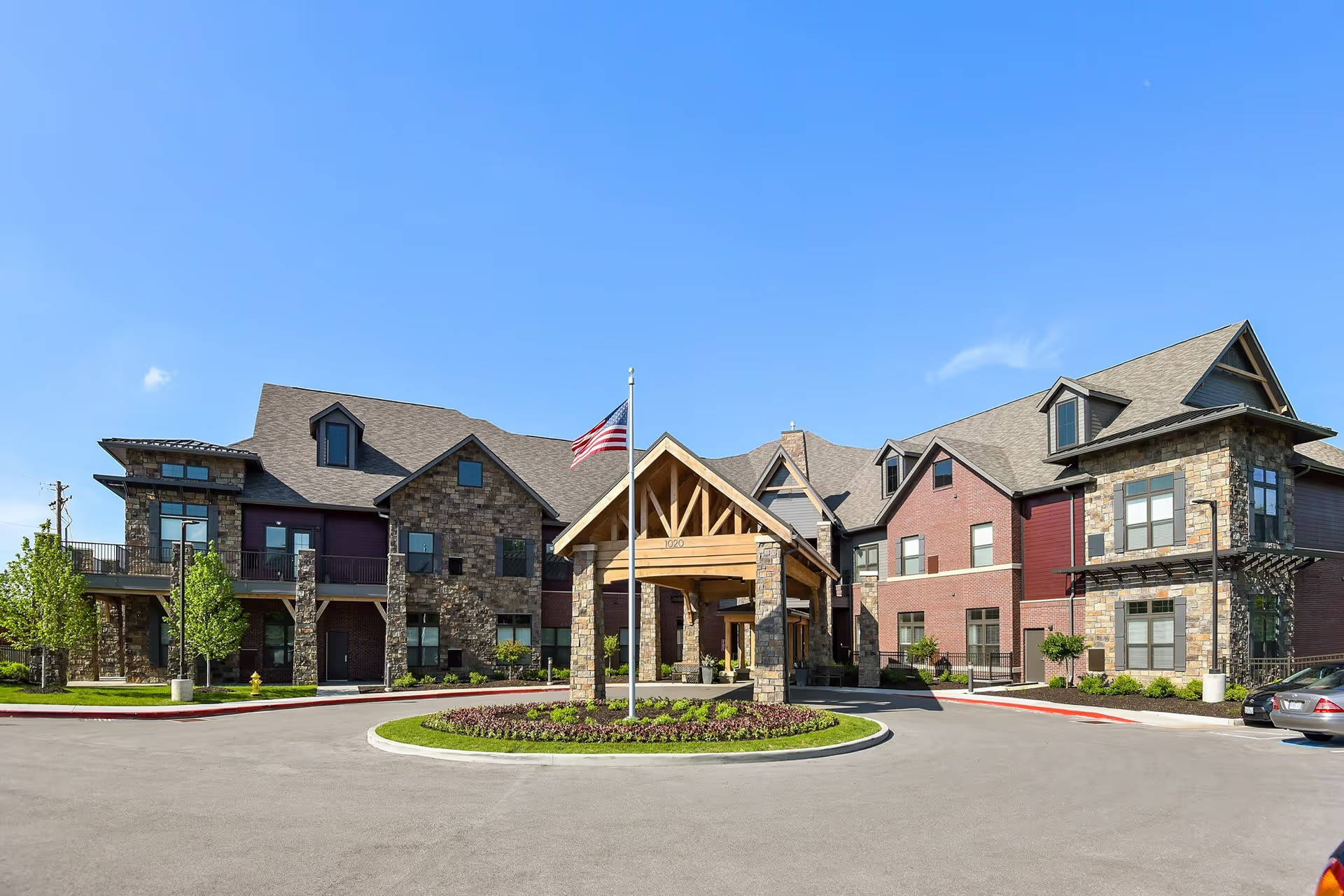Overall sentiment across the reviews for Autumn Bay is highly mixed and polarized. A substantial subset of reviewers praise the direct caregivers — aides and some nurses — describing them as kind, attentive, compassionate, and providing strong one-on-one, personal care (hair and nails, arts & crafts, walking activities). Several families report smooth move-ins, improved resident appetite, comfortable rooms, and a home-like one-floor facility with an attractive small-campus feel, wrap-around deck and river view. On-site medical access (primary doctor and psychiatrist visits) is specifically noted as a positive by multiple reviewers. When the facility is working well it offers communal dining, meaningful social activities for some residents, and an environment that families describe as safe, comfortable, and appropriately staffed for day-to-day personal attention.
However, the dominant and recurring theme through many reviews is management and operations problems that materially affect resident safety and quality of care. Numerous accounts describe inexperienced or haphazard administration and nursing leadership, frequent staff turnover, and chronic understaffing that results in missed care (skipped showers or personal care), overworked staff (allegations of 20+ hour shifts), and inconsistent availability of promised services. Several reviewers explicitly stated the facility failed to deliver advertised staffing levels — for example, a promised 24-hour nurse was not provided — or failed to replace a full-time cook. These systemic issues appear to create widespread variability in resident experience depending on who is on shift.
Medication management and safety surfaced repeatedly as a serious concern. Complaints include delayed or incorrect medications, withheld medication information from families, a missing emergency pendant, and at least one report alleging narcotics theft by management. There are also reports of actual medical events requiring ambulance transport and family distress over hospital follow-up. Safety concerns extend to building security (a small 4-foot yard gate posing a risk) and reports of opened resident mail and privacy breaches, which compound worries about oversight and resident protection.
Communication and visitation practices are another major area of conflict. Some reviewers praised staff for strong family communication; many more, however, reported poor, vague, or misleading communication, including activity calendars that are posted but not followed, management that does not return calls or attend scheduled tours, and examples of family exclusion. Several accounts describe restrictive visitation policies—most notably denial or severe limits on visits during hospice or end-of-life situations—which caused significant emotional distress for families. Relatedly, reviewers cited rude or unprofessional behavior by management and staff, including profanity, bullying, threats toward employees, and disrespectful treatment of residents and relatives.
Dining and activities are inconsistent themes: while a number of families praised meals and reported improved appetites, an equal or larger group described the food as poor quality, very small portions, or simply mediocre. Activity programming appears uneven — arts and crafts, walking groups, and social dining happen and are appreciated by families when they occur, but many reviewers found the activity calendar misleading (activities posted but not implemented), with few evening or weekend options, and low resident participation when staffing is limited.
Facility condition reports are mixed but notable. Many callers describe Autumn Bay as new, clean, bright, and well-maintained, while others report dirty dishes left out, messy rooms, no cold water at times, and lack of routine maintenance. These conflicting reports underscore the variability driven by staffing and management consistency. Several reviewers warn of higher-level concerns — allegations of management misconduct, threats, and criminal-like behavior (e.g., stealing narcotics) — while others call the facility a welcoming, family-run place where their loved ones felt at home.
In sum, key patterns are: (1) consistently praised direct caregivers who often provide compassionate, individualized care; (2) recurrent and substantial operational concerns around management, staffing, training, and medication safety; (3) highly inconsistent experiences between reviewers, producing polarized recommendations; and (4) tangible safety, communication, and visitation issues that have caused acute family distress. Prospective families should weigh the positives of a small, attractive facility with attentive aides and on-site medical visits against documented risks tied to leadership instability, staffing shortages, medication lapses, and restrictive visitation policies. Practical steps for decision-making include visiting multiple times at different hours, asking for current staffing ratios and nurse coverage schedules (including weekends), requesting documentation of medication handling protocols and incident history, clarifying visitation policies (especially for hospice/end-of-life), speaking directly with current residents’ families, and reviewing licensing/inspection records and any formal complaints to local regulatory authorities before committing.
